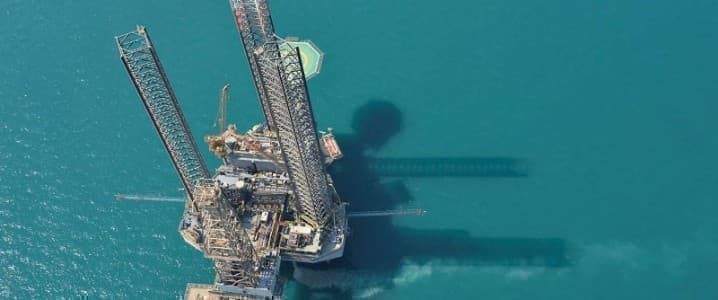Exports From Khafji Oilfield To Restart After Halt Due To Fire

The Khafji oilfield shared by Saudi Arabia and Kuwait is set to resume oil exports of around 110,000 barrels per day (bpd) in the coming week, after nearly a month of suspension due to a fire, a source with knowledge of the matter told Bloomberg on Wednesday.
The Khafji oilfield is shared by two of the biggest oil producers in the Middle East, Saudi Arabia and Kuwait.
The field is in the so-called Partitioned Neutral Zone (PNZ) and hasn’t exported crude since August 10, when a fire erupted
Last month, Khafji Joint Operations (KJO), the joint venture company operating the field, said that a “limited fire” erupted on August 10 at the desalter heaters area. There were no injuries or release of toxic gases, the company added.
Since exports from the oilfield were suspended, Kuwait has been compensating for the 110,000 bpd with shipments of other Kuwaiti grades, according to Bloomberg’s anonymous source.
The Partitioned Neutral Zone (PNZ) was established between Saudi Arabia and Kuwait in 1922 to settle a territorial dispute between the two countries. According to estimates by the EIA and the Oil and Gas Journal, the 6,200-square-mile area holds 5 billion barrels of oil and 1 trillion cubic feet (Tcf) of natural gas.
Following the discovery of oil at Wafra in the 1950s, Saudi Arabia and Kuwait agreed to the common ownership of the zone’s oil and gas resources. The resource-sharing principle between the two states has remained in place, even after the countries settled an international boundary in 1969.
Following a five-year dispute, Saudi Arabia and Kuwait restarted oil production from the Khafji oil field and another major field, Wafra, in the PNZ in 2020.




